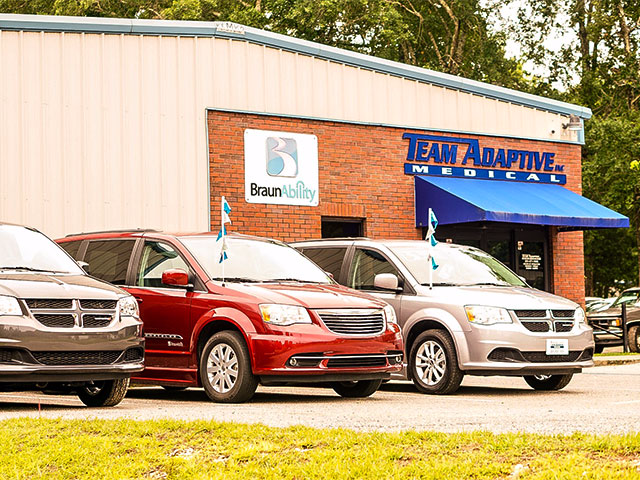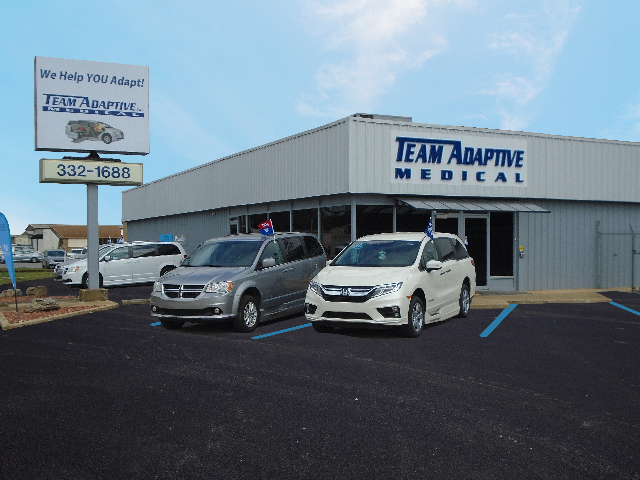
Transform Your Home: The Ultimate Guide to Choosing a Wheelchair Lift That Enhances Accessibility
In today's world, creating an accessible and inclusive living space is more important than ever. For individuals with mobility challenges, a wheelchair lift for home can be a game-changer, enabling them to navigate between floors with ease and independence. This ultimate guide is designed to assist you in transforming your home into a more accessible environment by choosing the right wheelchair lift that suits your needs and enhances overall functionality. By understanding the types of wheelchair lifts available, their features, and installation considerations, you can make an informed decision that not only improves accessibility but also complements your home's aesthetics. Get ready to empower yourself and your loved ones with the freedom and convenience that a well-chosen wheelchair lift can provide.
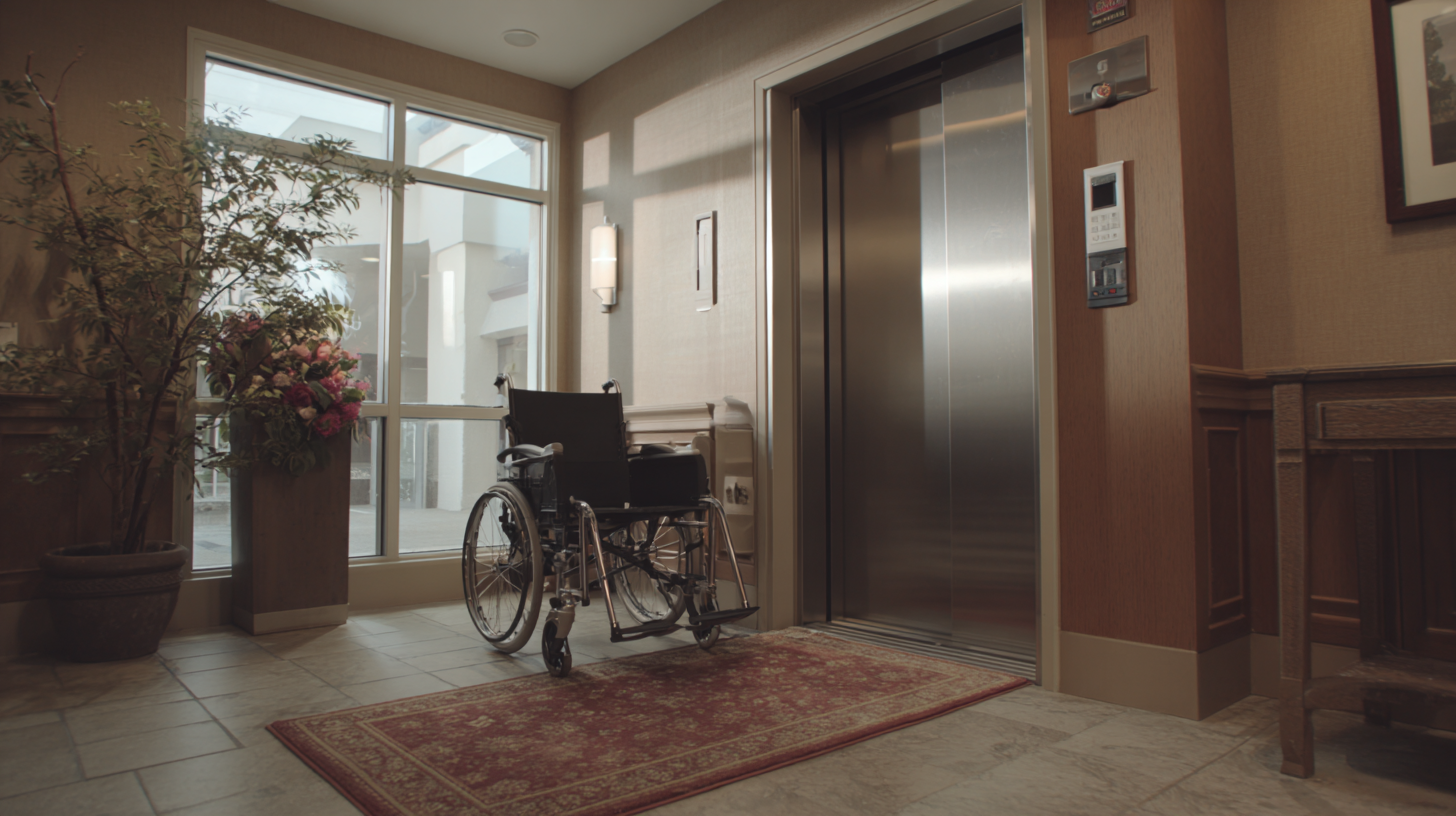
Assessing Your Home's Accessibility Needs: Key Considerations for Wheelchair Lifts
When evaluating your home's accessibility needs for a wheelchair lift, it is crucial to consider both the infrastructure and the daily challenges faced by users. Begin by examining the layout of your home, focusing on entry and exit points, as well as the spaces where the lift will be utilized. Measure door widths, staircases, and landings to ensure that the selected lift comfortably fits without impeding everyday movement. Additionally, assess the available power sources and ensure that they comply with safety regulations.
Next, consider the specific requirements of the wheelchair user. Factors such as weight capacity, the size of the wheelchair, and ease of operation play a significant role in your selection process. It is also vital to think about future needs; as mobility requirements may change, a lift that offers flexibility in adjustments can provide long-term benefits. Engage with professionals who specialize in accessibility modifications to ensure that your choices align with safety standards and enhance the overall usability of your home. By thoughtfully assessing these elements, you can make an informed decision that promotes both convenience and independence.
Assessing Your Home's Accessibility Needs: Key Considerations for Wheelchair Lifts
Understanding Different Types of Wheelchair Lifts: Pros and Cons of Each Option
When selecting a wheelchair lift to enhance accessibility in the home, it's crucial to understand the different types available and their respective advantages and disadvantages. There are primarily three categories: vertical lifts, inclined platform lifts, and portable lifts. Vertical lifts, often installed in homes with multiple levels, provide a straight vertical ascent, making them ideal for accessibility in homes with staircases. According to a report by the National Association of Home Builders, over 80% of new homes are designed to accommodate some form of wheelchair accessibility, and vertical lifts are frequently included in these designs due to their spacious and efficient operation.
Inclined platform lifts, on the other hand, offer a solution for homes with stairs that cannot accommodate a vertical lift. These lifts utilize a rail system mounted to the stairway, allowing users to ascend or descend parallel to the staircase. While they are generally less expensive to install than vertical lifts, maintenance can be a concern due to their exposure to the elements and the mechanical complexity of the rail system. Research from the Rehabilitation Engineering and Assistive Technology Society highlights that inclined lifts can enhance mobility for 30% of users with limited physical abilities in urban settings.
Lastly, portable wheelchair lifts provide a versatile option for those who require accessibility on the go. These lifts are easily transportable and can be used in various locations, making them suitable for users who travel frequently. However, their weight capacity often limits their use to smaller electric wheelchairs, and they may not offer the same stability as fixed installations. A study from the Journal of Assistive Technologies indicates that portable lifts have gained in popularity, with a 25% increase in demand over the past five years, especially among users seeking temporary solutions. Understanding these options will empower individuals to make informed decisions that best meet their accessibility needs.
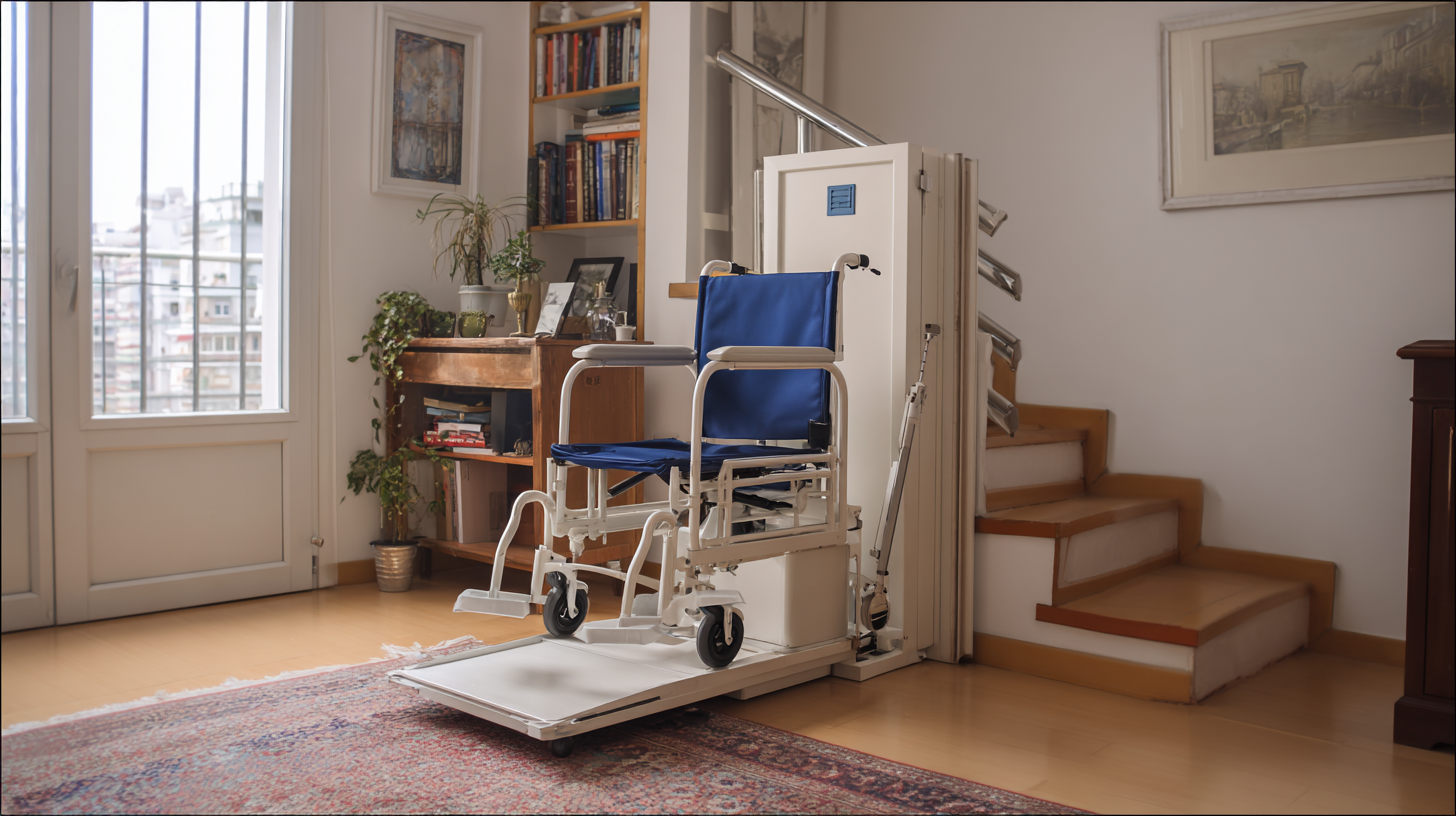
Evaluating Installation Requirements: Space, Power, and Structural Integrity
When considering a wheelchair lift for home installation, evaluating the installation requirements is crucial. Key factors include the available space, power supply, and the structural integrity of the building. Space must be carefully measured to accommodate the lift while ensuring ease of access and maneuverability. A lift that fits snugly in a tight area may be visually appealing, but it’s essential to ensure that users can navigate comfortably and efficiently.
Additionally, adequate power is needed to operate the lift safely. Depending on the lift type, electrical requirements may vary; thus, consulting an electrician before installation is advisable. Finally, assessing the structural integrity of the home is vital. The lifting system must be supported by sturdy materials to handle the weight and stress it will endure over time. Ensuring that your home can structurally support a wheelchair lift will enhance not only accessibility but also the overall safety of the environment. These considerations will ultimately lead to a successful and harmonious integration of the wheelchair lift into your living space.
Regulatory Compliance: Navigating Building Codes and Safety Standards for Lifts
When considering the installation of a wheelchair lift, understanding regulatory compliance is crucial. Various building codes and safety standards govern the installation of lifts to ensure the safety and accessibility of all users. According to the American National Standards Institute (ANSI), wheelchair lifts must meet specific design requirements, including weight capacity, platform dimensions, and emergency features. These regulations not only safeguard users but also protect homeowners from potential liabilities associated with non-compliance.
Tips: Always check local building codes before purchasing a lift. Permits may be required, and failing to comply with regulations can lead to costly fines and revisions.
In addition to adhering to code, safety standards play a pivotal role in lift design. The Americans with Disabilities Act (ADA) provides guidelines that lifts must follow to ensure ease of use for individuals with mobility challenges. For example, a lift must have non-slip surfaces, clear signage, and easy-to-reach controls. The National Elevator Industry Inc. (NEII) emphasizes that adherence to these standards significantly reduces the risk of accidents, ensuring a secure experience for users.
Tips: Consult an expert to navigate the intricate regulatory landscape. They can assist in selecting a lift that not only meets your needs but also complies with all relevant safety standards.

Budgeting for Your Wheelchair Lift: Costs, Maintenance, and Financing Options
When considering the installation of a wheelchair lift, budgeting is a critical aspect that demands careful planning. The total cost of a wheelchair lift can vary widely, typically ranging from $3,000 to $20,000 depending on the type, capacity, and installation specifics. According to data from the National Association of Home Builders, nearly 60% of homeowners overlook the ongoing maintenance costs, which can average around $300 to $500 annually. This oversight can lead to unexpected financial strain, underscoring the importance of comprehensive budgeting.
Financing options also play a pivotal role in making wheelchair lifts more accessible to homeowners. Many manufacturers offer flexible payment plans, and programs such as the Home Accessibility Program can provide financial assistance for low-income individuals. Furthermore, VA loans for veterans can cover some costs associated with home modifications, including wheelchair lifts. By leveraging these available resources, homeowners can better manage initial investments and ensure that their mobility solutions remain functional and safe for years to come.
Transform Your Home: The Ultimate Guide to Choosing a Wheelchair Lift That Enhances Accessibility
| Feature | Description | Estimated Cost ($) | Maintenance Frequency | Financing Options |
|---|---|---|---|---|
| Vertical Platform Lift | Elevates users vertically between floors | $3,000 - $15,000 | Yearly | Personal loans, VA benefits |
| Inclined Platform Lift | Designed for stairs, moves along a track | $5,000 - $15,000 | Every 6 months | Insurance coverage, financing plans |
| Portable Wheelchair Lift | Easily transportable for various locations | $1,000 - $3,000 | Yearly inspection recommended | Rent-to-own plans, personal loans |
| Custom-built Lifts | Tailored to specific architectural needs | $10,000 - $30,000 | Bi-annual | Home equity loans, grants |
Related Posts
-
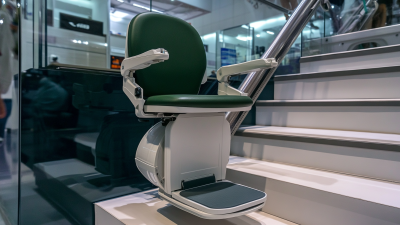
Top 10 Manufacturers of Handicap Stair Lifts from China at the 137th Canton Fair
-
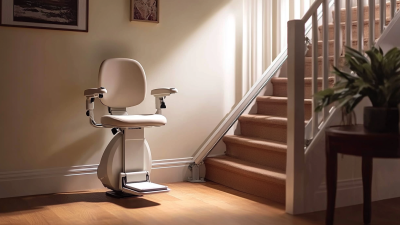
Exceptional Manufacturing from China's Leading Factory: Discover the Best Stair Lifts for Seniors
-
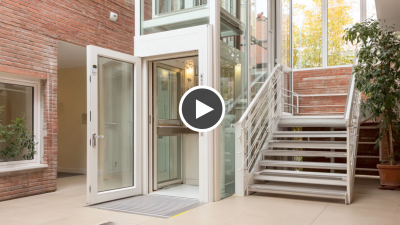
Innovative Solutions for Choosing the Best Platform Lift for Your Home
-

Discover the Technical Specifications of the Best Wheelchair Lift for Home and How to Choose the Right One
-
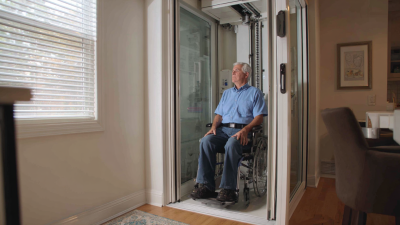
How to Choose the Right Wheelchair Lift for Your Home Needs
-

Exploring the Unique Features and Ideal Applications of Various Stair Lifts for Seniors









